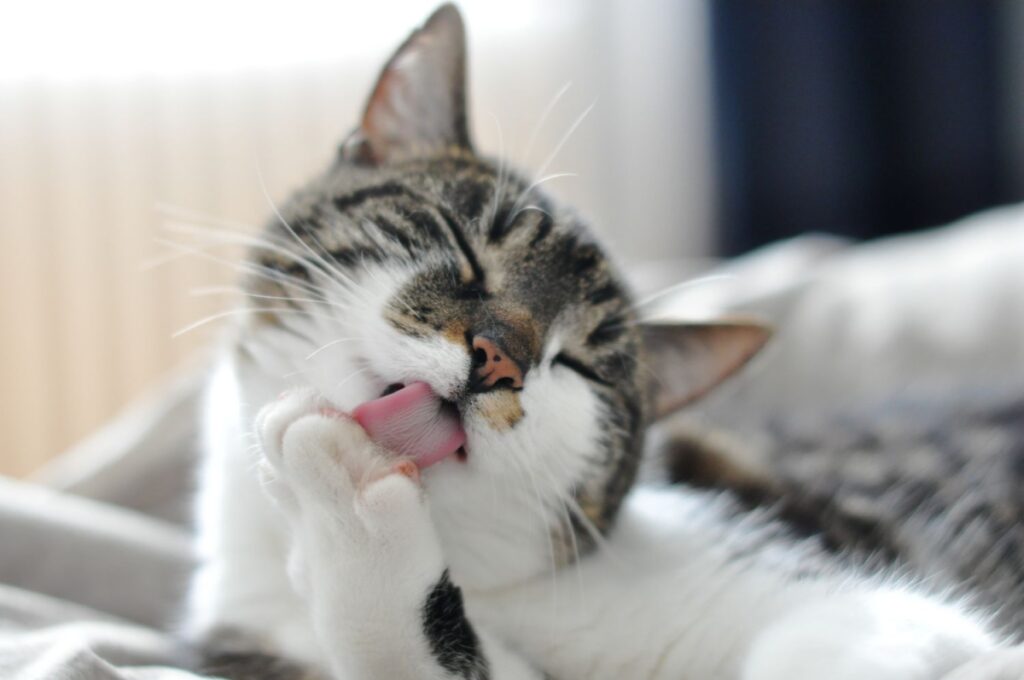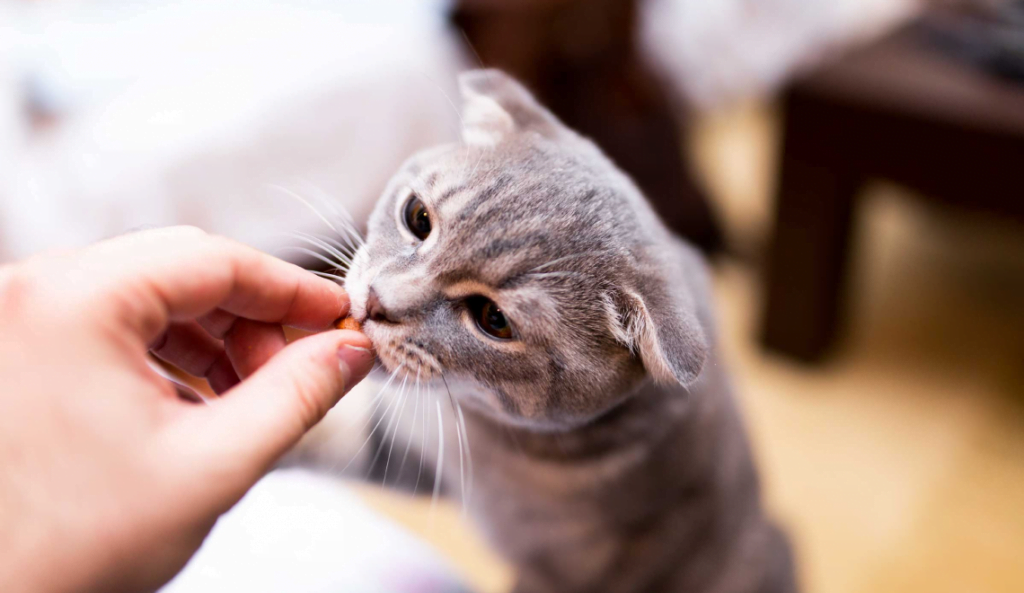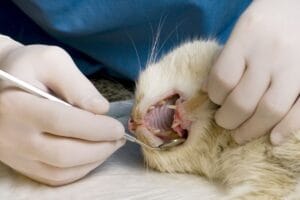How to Clean Your Cat’s Face: A Step-by-Step Guide

Maintaining a clean and presentable appearance of your beloved pet is a fundamental responsibility of being a cat parent. While cats are naturally fastidious creatures, they can occasionally require assistance in keeping their face clean and free from dirt and debris. Understanding the proper method to cleanse your cat’s face is crucial for their overall health, well-being, and aesthetic appeal.
In this guide, we will provide you with a detailed step-by-step approach to effectively clean your cat’s face, ensuring it remains in optimal condition, both in terms of appearance and comfort. By following these instructions, you can ensure that your cat’s face remains fresh, healthy, and always looking its best.
Gather Your Tools
Preparing for the task of cleaning your cat’s face requires gathering the necessary tools to ensure a safe and effective experience. Prior to starting the cleaning process, assemble the following items:
- Mild Shampoo: Select a shampoo specifically formulated for cats, as their pH balance differs from that of humans. If you are uncertain about which shampoo to use, consult your veterinarian for guidance. Keep in mind that each cat is unique, and what works for one may not work for another due to various factors.
- Soft Brush: Opt for a gentle brush designed for cats. This will help remove any loose debris or tangles from their fur without causing discomfort.
- Damp Cloth: Have a clean, damp cloth handy to wipe away any dirt or grime from your cat’s face. Make sure the cloth is soft and non-abrasive to avoid irritating their sensitive skin.
- Dry Towel: Keep a dry towel nearby to gently pat your cat’s face dry after cleaning. This will help prevent moisture from lingering and potentially causing skin issues.
By using a cat-specific shampoo, avoiding harsh human products, and using separate grooming tools for your cat, you can ensure a gentle and hygienic cleaning experience. Remember to always prioritize your cat’s comfort and consult with a veterinarian if you have any concerns or questions regarding the cleaning process.
Brush Your Cat’s Fur

Brushing your cat’s fur is an important step before proceeding to clean their face. It helps remove tangles, knots, and loose debris, making the cleaning process easier and more effective. Follow these tips for a successful brushing session:
- Select a soft brush: Choose a brush specifically designed for cats with gentle bristles. Avoid using brushes with sharp or rigid bristles that can cause discomfort or harm to your cat’s sensitive skin.
- Be gentle: Approach your cat with a calm and gentle demeanor. Start brushing from their head, working your way down to the body. Use light, smooth strokes to avoid pulling or tugging on their fur.
- Pay attention to sensitive areas: Cats can be particularly sensitive around their face, so exercise extra care and gentleness when brushing in that area. Be mindful of their whiskers and delicate facial features.
- Remove loose hair and debris: Regular brushing not only helps in maintaining a clean and healthy coat but also reduces shedding. By removing loose hair and debris, you minimize the chances of them getting into your cat’s eyes, nose, or mouth.
By incorporating regular brushing into your cat’s grooming routine, you not only ensure a clean and well-groomed appearance but also strengthen the bond between you and your feline companion.
Wipe Their Face

When wiping your cat’s face, it’s important to choose a soft and gentle cloth that is slightly damp. Avoid using rough or abrasive materials that could irritate their delicate skin. Start by moistening the cloth with lukewarm water, ensuring it is not too wet to avoid discomfort for your cat.
Using a circular motion, gently wipe their face, focusing on areas such as around the eyes, nose, and mouth. These areas are prone to collecting dirt and debris, as well as developing discharge or crustiness. Take extra care around their eyes, using a separate and clean part of the cloth for each eye to prevent the spread of any potential infection.
If you notice stubborn dirt or residue, you can use a mild cat-specific shampoo diluted with water. However, ensure that the shampoo is safe for use on their face and avoid getting it directly in their eyes, ears, or mouth. Remember to rinse the cloth thoroughly after using any cleaning products to prevent irritation or allergic reactions.
Shampoo Their Face

When shampooing your cat’s face, it’s crucial to use a cat-specific shampoo that is gentle and formulated for their delicate skin. Avoid using human shampoos or harsh products, as they can strip away the natural oils and disrupt the pH balance of their skin.
To apply the shampoo, dampen a cloth with water and add a small amount of shampoo to it. Gently massage the shampoo into your cat’s fur, focusing on the areas that require cleaning. Be cautious around their eyes, ears, and mouth, making sure to avoid getting shampoo into these sensitive areas.
After shampooing, thoroughly rinse the cloth to remove any residual shampoo. Then, use a clean damp cloth to wipe away the shampoo from your cat’s face. Make sure to rinse the cloth frequently during the process to prevent any leftover shampoo residue from causing skin irritation.
Remember, it’s essential to rinse the shampoo completely from your cat’s face to prevent any lingering residue that may lead to skin irritation or discomfort.
Dry Your Cat’s Face

After washing your cat’s face, it’s important to dry it thoroughly to prevent any discomfort or potential skin issues. Take a soft and absorbent towel and gently pat the damp areas of your cat’s face. Avoid rubbing vigorously, as this may cause irritation or tangle the fur. You can also clean your cat’s ears using olive oil.
If your cat is cooperative, you can use a hairdryer on the lowest setting to aid in the drying process. However, make sure to keep the dryer at a safe distance from your cat’s face and use your hand to gauge the temperature to prevent any accidental burns.
If your cat is uncomfortable with the noise or airflow of the dryer, it’s best to allow their face to air dry naturally. You can provide a warm and comfortable environment by keeping the room temperature moderate and free from drafts.
Give them Treats

Rewarding your cat after the grooming session is a great way to show them appreciation and reinforce positive behavior. Treats are a popular choice as they provide instant gratification and a special reward for your feline companion. Choose small, bite-sized treats that your cat loves and offer them as a gesture of appreciation for their cooperation during the grooming process.
In addition to treats, you can also engage in a play session with your cat. Use their favorite toys or play with them using a wand toy to provide mental stimulation and physical exercise. Not only does this serve as a reward, but it also helps to divert their attention away from any lingering discomfort or stress from the grooming session.
Remember, each cat is unique, and their preferences may vary. Pay attention to their individual likes and dislikes when it comes to treats and playtime. By providing rewards that they truly enjoy, you can create a positive association with grooming and build a stronger bond with your pet cat.
Conclusion:
Cleaning your cat’s face is a simple task that can be done at home without going through the hassle of giving your cat a bath. By keeping your cat’s face clean, you’ll be able to keep an eye out for any signs of infection or irritation and ensure that your cat is always looking and feeling its best.
Remember to always be gentle and use mild products, and seek veterinary advice if you notice any signs of infection or irritation. Regular grooming of your cat’s face is important to maintain their hygiene and overall health. Happy grooming!


